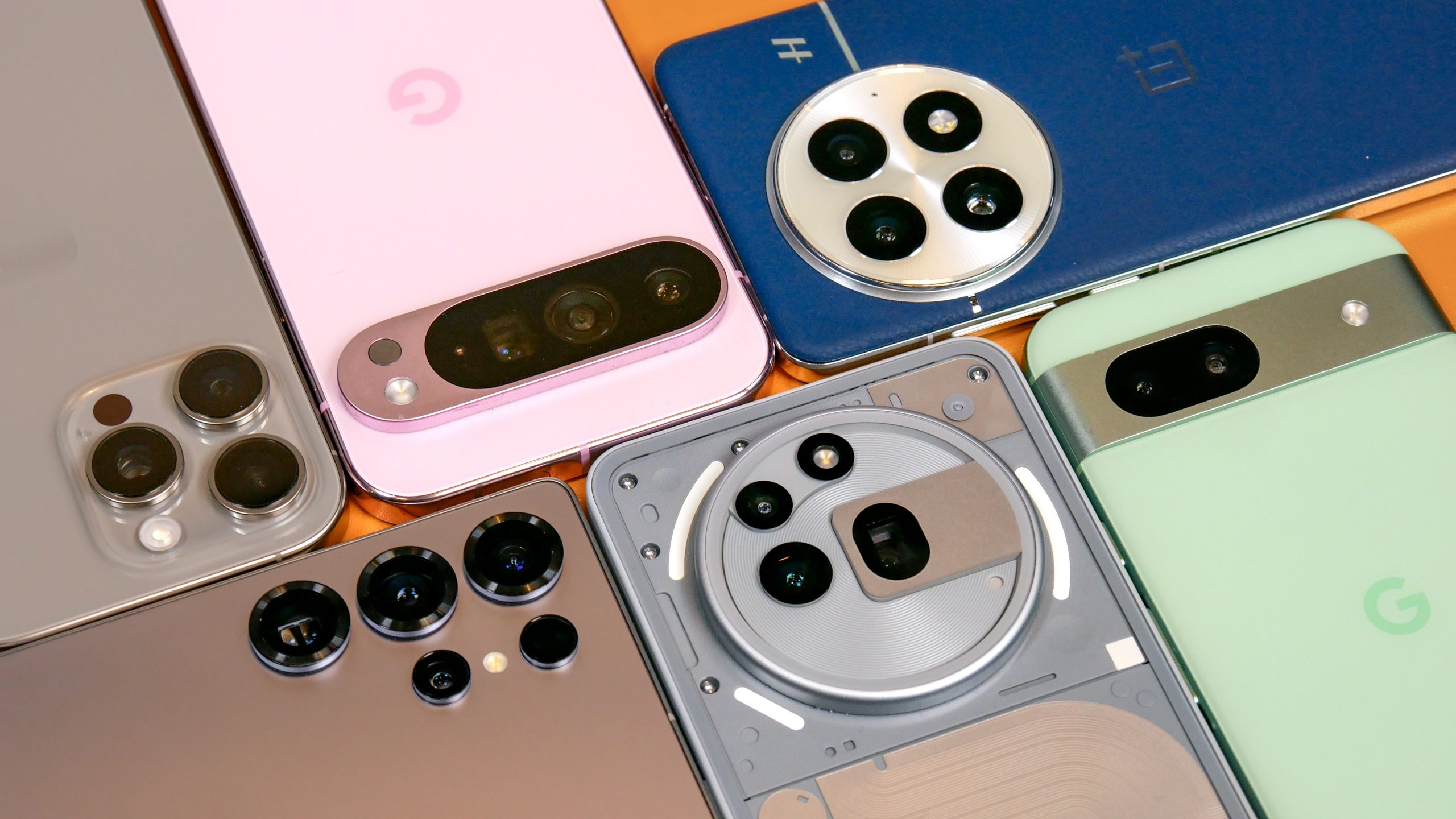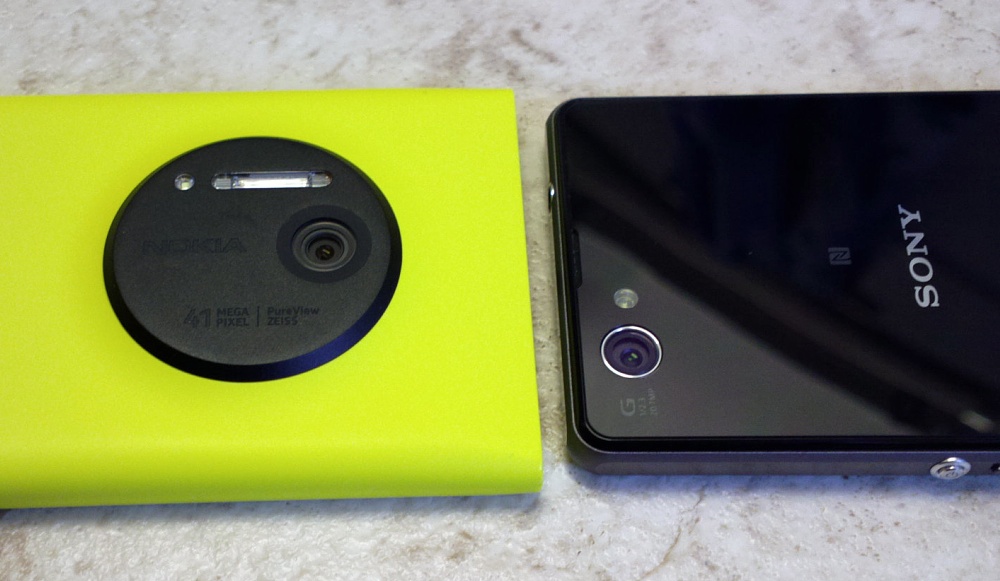
Flagship Smartphone Camera Shootout: Uncover the Best Lens
Are you ready to discover which flagship smartphone boasts the ultimate camera? As smartphone technology evolves, the camera often becomes a key deciding factor for many of us.
You deserve the best when capturing life’s precious moments. But with so many options, how do you choose the right one? Our “Flagship Smartphone Camera Shootout” will guide you through the top contenders, breaking down performance, features, and results. Imagine perfectly capturing every sunset, smile, and celebration with a camera that feels just right in your hand.
Stay with us, and by the end, you’ll know exactly which smartphone camera will elevate your photography game.

Camera Technology Advancements
Smartphone camerashave changed a lot. They are getting better and better. Lens qualityis sharper now. Pixel counthas gone up. Photos are clearer. Colors are bright and vivid. Night shots are less blurry. Software featureshelp improve images. AI can adjust light and shadows. This helps even in dark places.
Zoom capabilitieshave improved too. Phones can zoom without losing detail. Wide-angle lensescapture more in one shot. Portrait modesuse depth effects. Faces stand out and look nice. Video qualityis better. Videos are stable and smooth. Cameras can shoot in 4K now. This makes videos look very clear.
Criteria For Evaluation
Smartphone cameras must deliver sharp and clear images. Colors should be vibrant and true to life. Details matter, especially in complex scenes. Contrast should be well-balanced, not too harsh.
Low light shots should be bright with minimal noise. Clarity in dark settings is crucial. Night mode features can enhance details. Exposure should be well-managed to avoid too dark or too bright images.
Zoom features should maintain image quality. Details at high zoom levels must remain crisp. Stability while zooming helps capture steady shots. Optical zoom is preferred over digital zoom for better clarity.
Videos should be smooth and clear. Resolution matters for sharp visuals. Audio quality should be clear. Stabilization features help reduce shaky footage.
Camera apps should be user-friendly. Easy access to features makes a good experience. Speed in capturing photos is crucial. Settings should be simple to understand for all users.
Top Contenders
The iPhone cameras are known for their clarity. Photos look sharp and vivid. The Night Mode feature is quite impressive. It makes low-light photos much better. Many users love the Portrait mode too. It adds a nice blur to backgrounds. iPhones also offer good video quality. They can record in 4K. This is useful for making videos.
Samsung Galaxy phones have excellent cameras. They capture colors well. Their zoom feature is strong. It lets you see distant things clearly. The cameras work great in low light. They also have a pro mode. This lets users control settings more. Videos are smooth and detailed. Many like the super slow-motion feature.
Google Pixel phones are known for their great photos. They use smart software for better images. Night Sight is a highlight. It makes night photos bright and clear. The cameras are easy to use. There are not many settings to adjust. They also offer good video features. Stabilization is a key strength.
Huawei P series cameras have high megapixels. They capture very detailed shots. The zoom is very advanced. You can zoom a long way. Low-light photography is another strength. Their cameras have a wide lens. This helps capture more of the scene. Videos are of high quality. Many photographers like these phones.
Xiaomi Mi phones offer good cameras at a nice price. They have many features. The macro mode is interesting. It allows close-up shots. The wide-angle lens is also useful. The photos are bright and colorful. Video recording is decent. Many users enjoy their slow-motion mode. It is fun to watch.
Image Quality Comparison
Bright light brings out sharp details. Colors look vivid and true. Photos appear clear. Every object is visible. Textures stand out. Phones capture natural beauty. Daylight is perfect for testing. Shadows show well. Brightness is balanced. Many users love daylight shots.
Portrait mode blurs backgrounds. Focus stays on faces. Photos look professional. Depth in images is impressive. Details of hair and skin shine. Eyes are clear. Lighting enhances features. Portrait mode is popular. Many selfies are taken this way. It’s great for close-ups.
Colors should be realistic. Not too bright. Not too dull. Skin tones must look natural. Greens, blues, and reds need accuracy. Color accuracy is key. It affects photo quality. Perfect colors make images beautiful. Some phones excel at this. Others struggle with hues.
Low Light Performance
Night mode helps to capture photos in the dark. It uses software to brighten the image. Colors look better even in the dark. Lights from cars or street lamps appear clear. This feature is great for night outings.
Low light photos often have grainy spots. Noise reduction reduces these spots. The picture looks smoother and clearer. This makes the photo more pleasing to look at. It’s a helpful tool for night photography.
Keeping details sharp in low light is tricky. Smartphones use special tech for this. Edges of objects stay clear. Small details are visible, even in dim light. This helps in capturing lifelike photos at night.
Zoom Capabilities
Explore the impressive zoom capabilities in flagship smartphones. Compare image clarity and detail in various zoom levels. Evaluate how each device handles low-light conditions and distant subjects.
Optical Zoom
The optical zoom provides clear images. It uses the phone’s lenses. No digital tricks are involved. This keeps images sharp. Optical zoom is great for distant shots. Quality is always high. Details are not lost. Optical zoom is preferred by photographers. It’s reliable and consistent. Images remain clear and crisp.
Digital Zoom
Digital zoom enlarges the image electronically. It can reduce quality. Pixels are stretched and can become blurry. It’s useful for quick zooms. Details might be lost. Digital zoom is easy to use. It’s fast but not always clear. It does not use lenses. It’s less reliable than optical zoom.
Hybrid Zoom
Hybrid zoom combines optical and digital methods. Offers balanced quality. Uses lenses and electronic enhancement. Provides better images than digital alone. It can zoom further than optical. Hybrid zoom tries to keep clarity. It’s a mix of both techniques. Offers more versatility. Balances detail and distance well.
Video Recording Features
Explore the best video recording features in top smartphones. Compare image stabilization, 4K capabilities, and low-light performance. Discover which flagship device offers the sharpest video quality and smoothest recording experience.
4k And 8k Recording
4K recording offers sharp and clear videos. It captures every detail. 8K recording gives even better quality. It is great for big screens. Both are popular in flagship phones. They bring cinema-quality to your pocket. Choose 4K for general use. Opt for 8K for future-proof videos.
Stabilization Technology
Good stabilization reduces shaky videos. It uses sensors and software. These features make videos smooth. Most flagship phones have advanced stabilization. It helps in walking and moving shots. Optical and electronic stabilization are common. They keep your recordings steady and nice.
Slow Motion And Time Lapse
Slow motion captures fast actions. It shows them in detail. Time lapse speeds up slow scenes. It is perfect for sunsets and cityscapes. These features add fun to recordings. They are easy to use on smartphones. Both enhance creativity in video-making.

User Experience
Smartphone cameras offer intuitive interfaces. Icons are clear and easy to find. Menus are simple to navigate. Users can switch between modes with one tap. The layout is often clean and uncluttered. This helps users focus on capturing moments. Bright colors guide users to features easily.
Custom settings allow personalized experiences. Users can adjust brightness and contrast. Filters let photos look unique. Many smartphones offer presets for quick edits. These settings give users control. Manual options help in special lighting conditions. Users love this flexibility.
Cameras are easy for everyone. One-handed use is common. Simple controls make capturing fast. Kids can take pictures without problems. The zoom feature is smooth and quick. Users need little guidance to start. This makes the camera user-friendly.
Expert Opinions
Professional photographers often look for sharpnessin images. They value natural colorsand good low-light performance. Many favor phones with fast autofocus. This helps in capturing moving subjects. Portrait mode is also important. It creates a blurred backgroundeffect. This mimics DSLR cameras.
Tech reviewers test many phones. They compare features like the zoomand night mode. A phone with many camera modesis preferred. Reviewers check the video qualitytoo. Stabilization is key for smooth videos. Battery life is important for long photo sessions. Reviewers also care about the user interface. It should be easy to use.

Consumer Feedback
Many users say the camera quality is amazing. Photos are clear and bright. Some phones have better night mode. Others like the zoom features. People also talk about the battery life. Some phones last longer while taking pictures. The design of the camera matters too. Users like sleek and modern designs.
Social media is full of camera talk. People share many photos. They comment on the color accuracy. Also, they discuss the video quality. Many like the stabilization in videos. Some phones have better autofocus. Fans of smartphones compare results. They look for the best value.
Final Verdict
The best smartphone camerashave been tested. Each phone brings unique features. Some excel in low light. Others capture vivid colors. Portrait mode is a favorite for many. It gives nice background blur. Zoom capabilitiesvary across brands. High zoom can lose some detail. Fast focus is important for action shots. Video quality matters too. Smooth playback is needed. Most phones offer 4K videonow. Sound recording can be crucial. Clear audio makes videos better. Battery life impacts camera use. Longer life means more photos. Each phone has pros and cons. Choose based on needs and budget.
Frequently Asked Questions
What Makes A Smartphone Camera Flagship?
A flagship smartphone camera offers top-tier features, sensors, and image processing capabilities. These cameras often include advanced technologies like optical image stabilization, high-resolution sensors, and AI enhancements. They deliver superior image quality, even in challenging conditions. Flagship models also introduce innovative features, setting new industry standards and offering the best photography experience available in smartphones.
How Does Low-light Performance Compare?
Flagship smartphones excel in low-light photography with large sensors and wide apertures. They often include night modes, enhancing details and color in dim settings. Advanced image processing algorithms reduce noise and improve clarity. This ensures vibrant and detailed photos, even in challenging lighting conditions, making them superior to non-flagship models.
Do Flagship Cameras Have Optical Zoom?
Yes, flagship smartphone cameras often feature optical zoom capabilities. This allows for higher-quality zoomed-in images without loss of detail. Optical zoom uses lens movement to magnify the subject, unlike digital zoom, which can reduce image quality. This feature enhances versatility, making flagship models ideal for capturing distant subjects clearly.
What Innovations Improve Flagship Camera Quality?
Flagship cameras incorporate innovations like AI enhancements, larger sensors, and advanced image stabilization. These technologies improve photo quality, focus speed, and color accuracy. Features such as computational photography and HDR+ ensure stunning visuals. Continuous innovation in these areas keeps flagship smartphones at the cutting edge of mobile photography.
Conclusion
Choosing the best smartphone camera depends on your needs. Some excel in low light, while others offer vibrant colors. Consider what features matter most to you. Is it zoom capability or portrait mode? Remember, each flagship offers unique strengths. Testing them firsthand can help make the right choice.
Technology is constantly evolving, so stay updated. Compare, test, and decide based on your priorities. Photography enthusiasts will find joy in any of these devices. Make sure to explore options before making a purchase. Happy snapping with your new flagship smartphone camera!
Read More:
- Noise‑Cancelling Headphones Comparison: Ultimate Guide
- Time Management Apps Compared: Boost Your Productivity
- Ai Chip Market Growth 2025: Unveiling Future Trends
- Best Cloud Storage Services 2025: Top Picks Revealed
- Essential Tech Gadgets for Digital Nomads: Must-Have Tools
- Vr Hardware Cost Analysis: Unlocking Budget Insights
- Top Productivity Tools for Remote Teams: Boost Efficiency
- Ergonomic Home Office Setup Tips: Boost Comfort & Productivity


